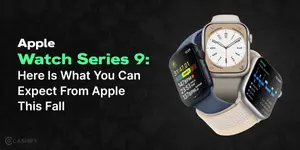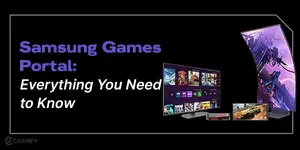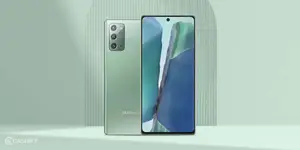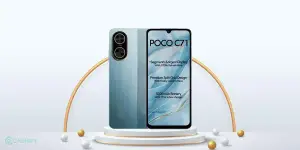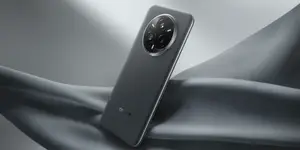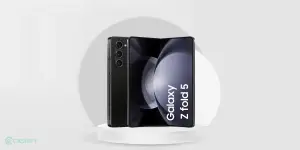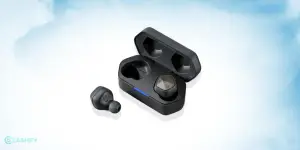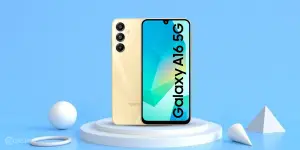At the best of times, Nehru Place—Delhi’s electronics hub—is a cross between a stampede and an obstacle course. Hordes of people rush through its slowly-decaying buildings, darting in and out of tiny shops, all while trying not to trample stray dogs or tackle overbearing hawkers.
It’s a dizzying experience, but one I recommend everyone try once. India’s equivalent of extreme sports, if you will. Pregnant ladies and children beware, of course.
One of the reasons Nehru Place remains popular despite being itself is its grey market—most stores here buy and sell used goods. It’s an arduous experience, whether one is looking to buy or sell. Random prices are quoted, the logic behind them a combination of luck, the mood of the store owner, and a small hint of how Mercury is interacting with your Zodiac sign.
Yet, people still come. They see this chaos as their best, most convenient option for used electronics. The other options—selling or buying on online classifieds platforms like Quikr or OLX—are either too slow, equally random, or lack the touch-and-feel aspect of the shopping experience.
Enter Cashify. The used electronics re-seller is looking to transform the experience of selling or buying used smartphones. Through algorithms, kiosks, doorstep pick-up services, and instant cash transfers. It also wants to bring fully-automated collection booths—already a phenomenon in China—to the Indian market.
With a $4 billion used smartphone market up for grabs, Cashify’s opportunity is clear. To succeed, it must convince sellers and buyers like those in Nehru Place—who make up 95% of India’s used smartphone market—to transact with it, rather than each other. Can it? That’s what Vandana explores in today’s piece on The Ken.


